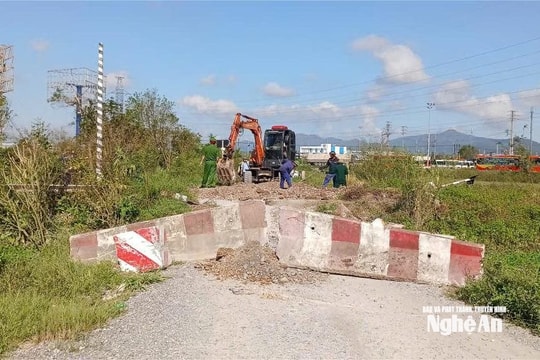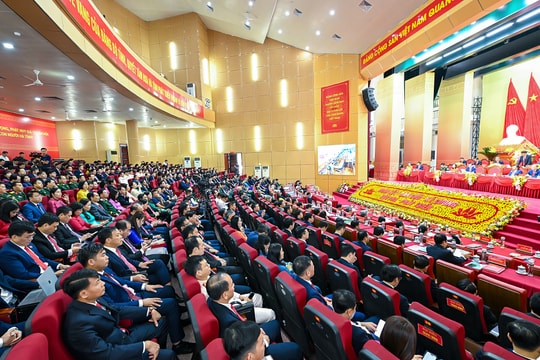Why should we not abuse 'planning funding'?
(Baonghean.vn) - Since the Law on Planning was enacted in 2017, planning work has gradually become more organized. However, stemming from the regulation encouraging the mobilization of social resources for planning, in addition to some favorable aspects, there have been emerging distortions and abuses...
Planning one step ahead
It can be affirmed that never before has planning work received such public attention as it does today.SinceLaw on Planning No. 21/2017On November 24, 2017, planning work was legalized, so it has an increasingly wide impact on social life. In the field of environmental resource management, investment attraction, construction, urban management, planning work is increasingly important and planning must be one step ahead, so it is very necessary.
Particularly in the field of urban construction and management, planning is built 5-10 years in advance, even 20-30 years, and is presented at 3 levels: general master plan, scale 1/2000 and scale 1/500. On the basis of these plans, investors submit to the State agency for approval of investment projects. In each period, the competent authority establishes and submits to the competent authority for approval of the planning, but because each period has different socio-economic development plans, the competent authority often considers to change and supplement. In addition, if the planning in rural areas is not yet fully covered, mainly at the overall level and many areas have not been planned for the purpose of use, then in urban areas and soon-to-be urban areas, the planning work needs to be more rigorous and systematic.
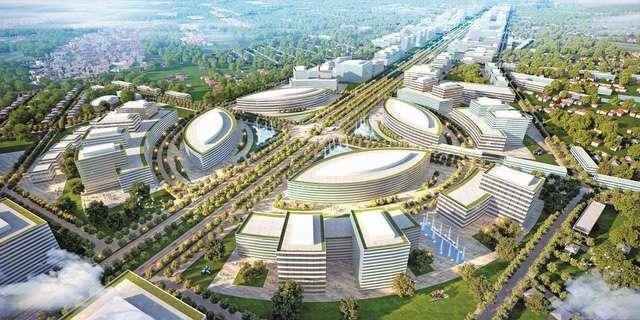 |
Overall perspective of Vinh - Cua Lo Boulevard. Photo: Nghe An Newspaper |
In reality, there is a situation where, despite efforts, previous planning work was not done well and each sector and locality had its own separate planning, not integrated into the overall plan, so overlap occurred.
According to engineer Nguyen Hong Son - Head of Planning Department, Department of Construction: If planning is built according to the new Planning Law, the above situation will no longer exist because during the construction process, the sectors and localities will send the province to compare, contrast and integrate into a common version of the province. Planning does not only take into account the scope of each district and commune but must also aim at inter-regional and national levels. For the above reasons, the planning of the provinces will be commented and assessed by ministries and sectors; any inconsistent data will be sent back for explanation and correction.
Previously, when there was no Planning Law, investors or landowners only made plans and projects, but now they have to do it more strictly. To get approval for investment in that location, investors and the approval agency must first see what the previous authorities planned for that location, what projects and constructions were there around? Is the birth of a specific project or construction consistent with the cluster of constructions and the overall plan?
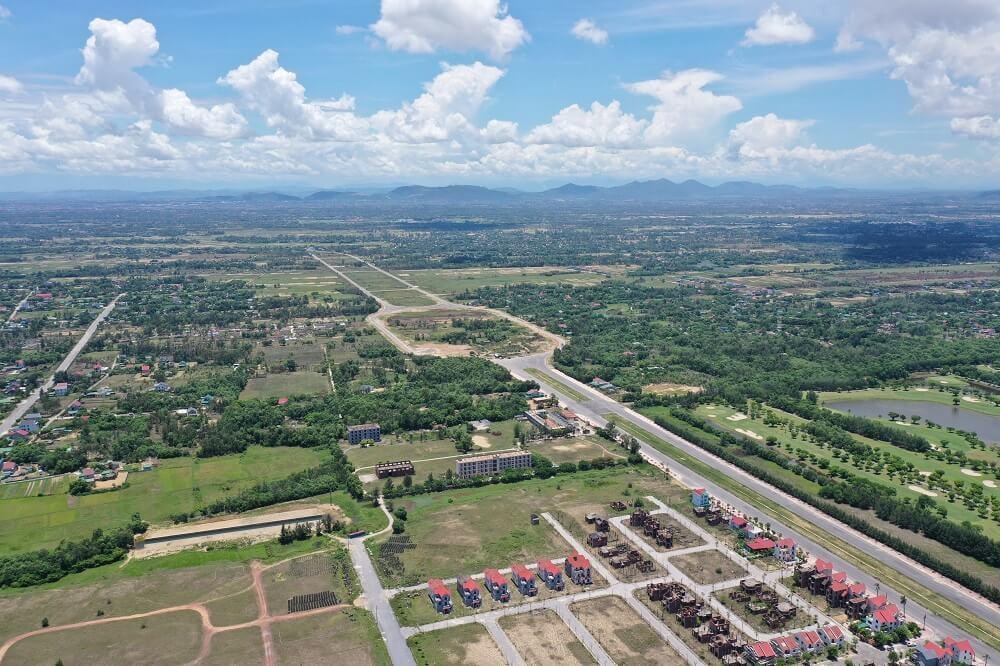 |
Vinh - Cua Lo Avenue, the section starting from Cua Lo town, seen from the sea. Photo: Document |
According to a construction expert, the planning issue is not new, but because it was not done systematically in the past and the legal basis was low, it was not transparent and public, so it was very easy to adjust and change. Moving to a new stage, due to other task requirements, it must be updated and supplemented; at the same time, the planning was built systematically from the bottom up and top down, so once approved, it rarely changed in a negative direction, because of the impact of a certain interest group.
Similarly, in the field of socio-economic development, each locality must have specific plans and schemes for 5-year, 10-year periods, and a 20-30-year vision to allocate resources for implementation. Thanks toLaw on Public Investmentand especially the Planning Law, planning work is prepared and one step ahead so the passive situation in implementation has been greatly reduced.
Planning funding: Encourage but not abuse
Sharing about the issue of planning funding, engineer Nguyen Hong Son - Head of Planning Department,Department of ConstructionFrankly: This is a mechanism permitted and encouraged by the Planning Law. For localities that have not yet balanced their budgets, such as Nghe An, planning funding is extremely necessary to ensure that the planning progress is covered. Currently, according to regulations, planning must be done first, but the state budget does not provide enough, so there is no source to approve planning, as a basis for implementing investment projects and socio-economic development.
This is very different from localities such as Hai Phong, Da Nang, Nha Trang, where revenue exceeds expenditure, so they are independent and autonomous in planning, and even after the planning is completed, they arrange the budget for compensation and clearance to create clean land to attract investment. As for businesses that want to sponsor, because they want to "score points", even though they sponsor, they must present the best planning for the locality to evaluate and if approved, they will have a project that contributes to socio-economic development and urban beautification.
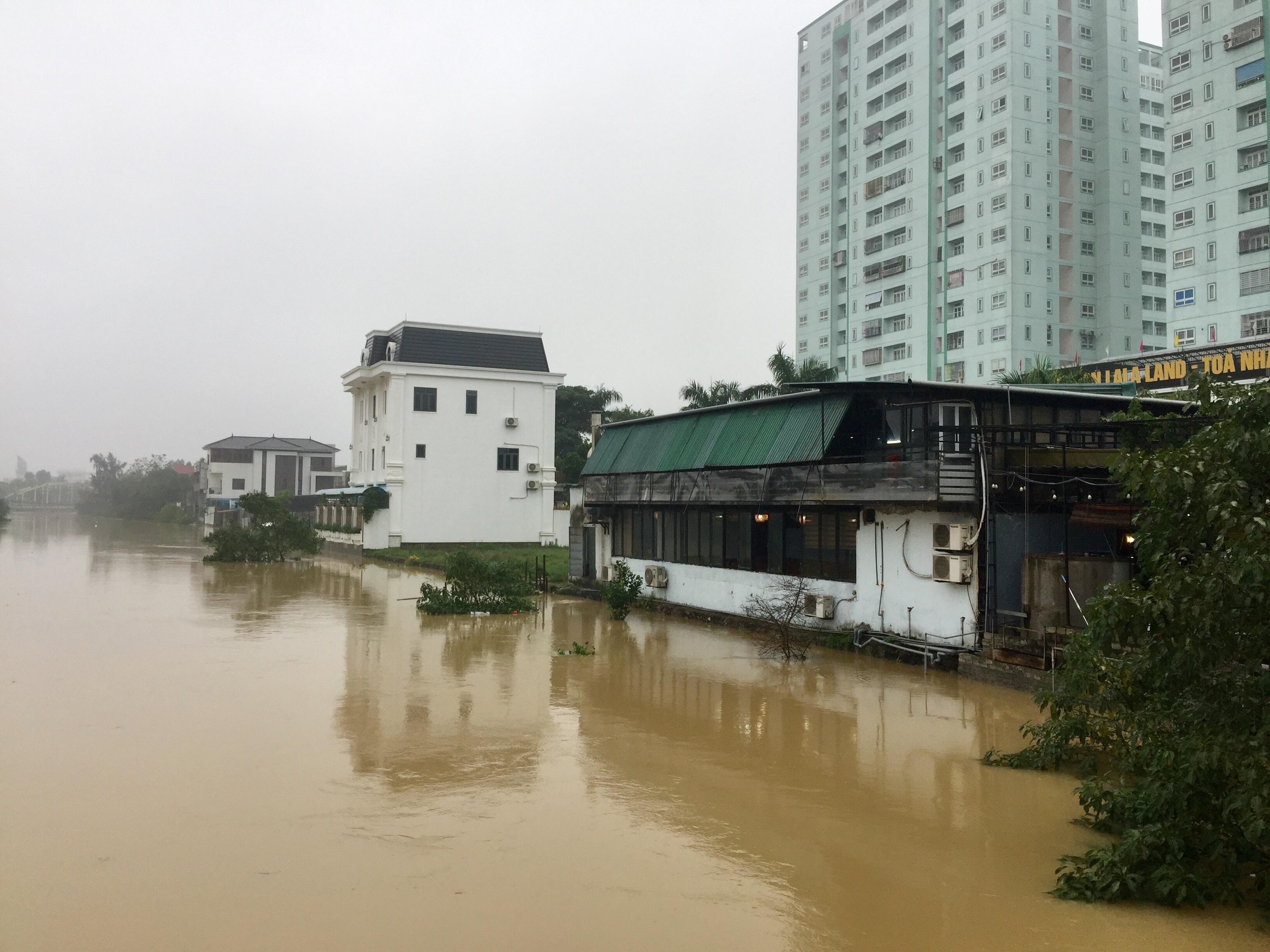 |
Passivity and confusion in planning the urban drainage system is one of the causes of flooding in Vinh City every time there is heavy rain. In the photo, heavy rain causes flooding in the Cua Tien - Vinh market area in October 2020. Photo: Nguyen Hai |
The representative of the Department of Construction added that in Nghe An, a number of large planning projects have recently been sponsored by enterprises. A typical example is Vinh - Cua Lo Boulevard sponsored by BRG Group. This enterprise did not participate in the investment, so it ensures independence and objectivity. Apart from the above case, a number of planning projects have also been sponsored, but in general, they have not caused a big impact or influence, causing people to react.
Through research, it is found that while the provincial level can still maintain objectivity when appraising through planning documents, this is very difficult at the district and commune levels. A local representative is buildingAdvanced New Rural Planningin Quynh Luu district (name withheld) shared: Because the district did not support and the commune did not have resources to make the plan, it was very difficult. Recently, there were also some real estate businesses that asked for funding to make the plan, but in return, the businesses wanted the most beautiful land locations in the plan to make land fund exploitation projects and new urban areas. Realizing that "the benefits do not outweigh the disadvantages", local leaders refused.
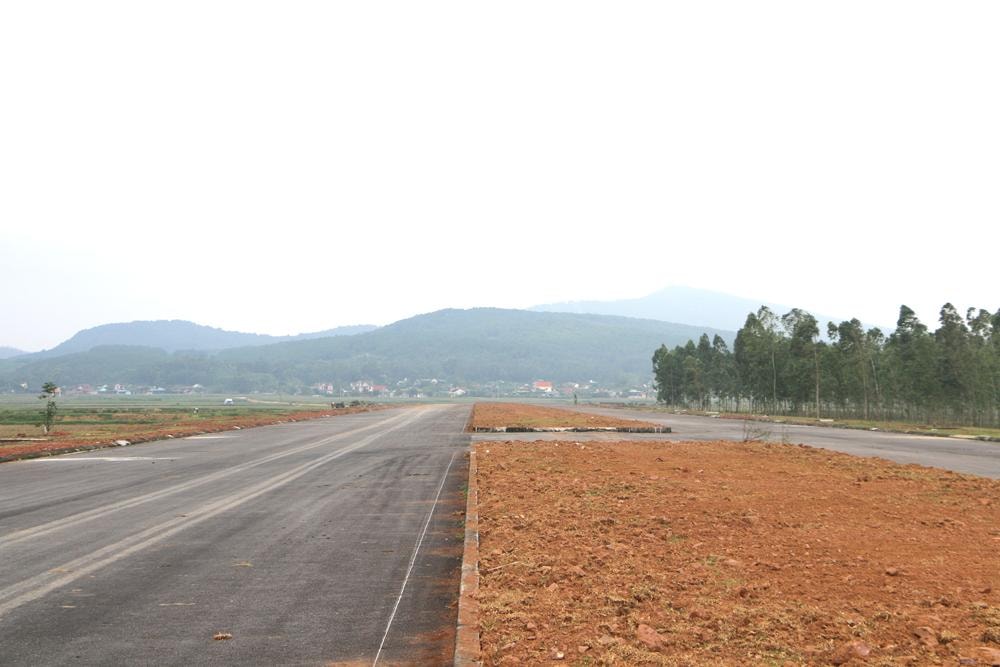 |
The province has planned Tho Loc Industrial Park (Dien Chau) and built infrastructure for N2 road, but due to lack of investors to invest in infrastructure, the investment progress is too slow. Photo: Nguyen Hai |
However, the above situation puts the locality in a difficult position because there is no planning to promptly add to the registration for building new advanced rural areas. Not only that, the beautiful and profitable locations are what businesses want to hold, but the locations far from the new roads are left to the locality, so it is very difficult to exploit the land fund to create a source of economic development.
Realizing this phenomenon in planning funding in many localities, recently, at forums, National Assembly delegates have proposed that if there are enterprises funding planning, it must be done in the spirit of voluntary and public planning transparency to avoid group interests; planning appraisal and approval agencies must ensure independent objectivity; planning funding enterprises, if implementing investment projects, must ensure regulations on green tree ratio, construction ratio and social infrastructure conditions... according to the provisions of the Planning Law, not arbitrarily or abusively allowing adjustments because of funding enterprises.
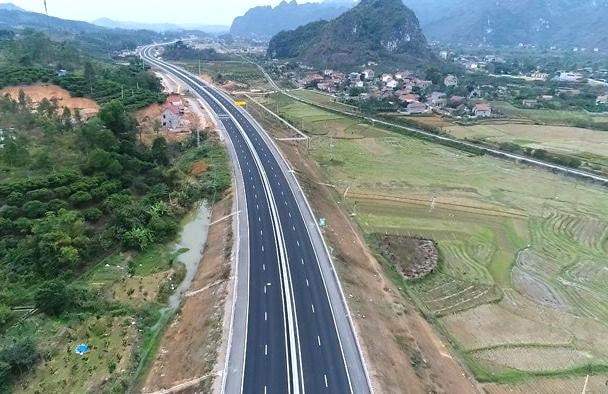 |
The North-South Expressway planning section Dien Chau - Bai Vot has a fairly high foundation, so the construction process must take into account the current infrastructure. Illustrative photo |
At the working session with the Ministry of Construction last May, Prime Minister Pham Minh Chinh also emphasized the spirit of Resolution No. 19, the 5th Central Conference of the 13th tenure on land policy innovation, that "planning work must be controlled by the State", the state budget ensures resources for this work, and strengthens supervision to gradually reduce and limit the situation of widespread planning funding.
Particularly in the field of urban construction and management, planning is built 5-10 years in advance or even 20-30 years in advance and is presented in 3 levels: general planning, then 1/2000 scale and 1/500 scale. On the basis of these plans, investors will have a basis to submit their investment projects to the State agencies for approval.
In each period, the socio-economic development plan is different, so the competent authority often considers to change and supplement. In addition, according to the admission of the Department of Construction leaders, while the planning work in urban areas or soon-to-be urban areas is done closely, many rural and mountainous areas of Nghe An, despite efforts, have not yet covered and clearly defined many planning areas.



